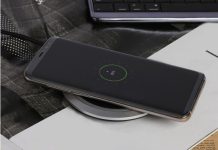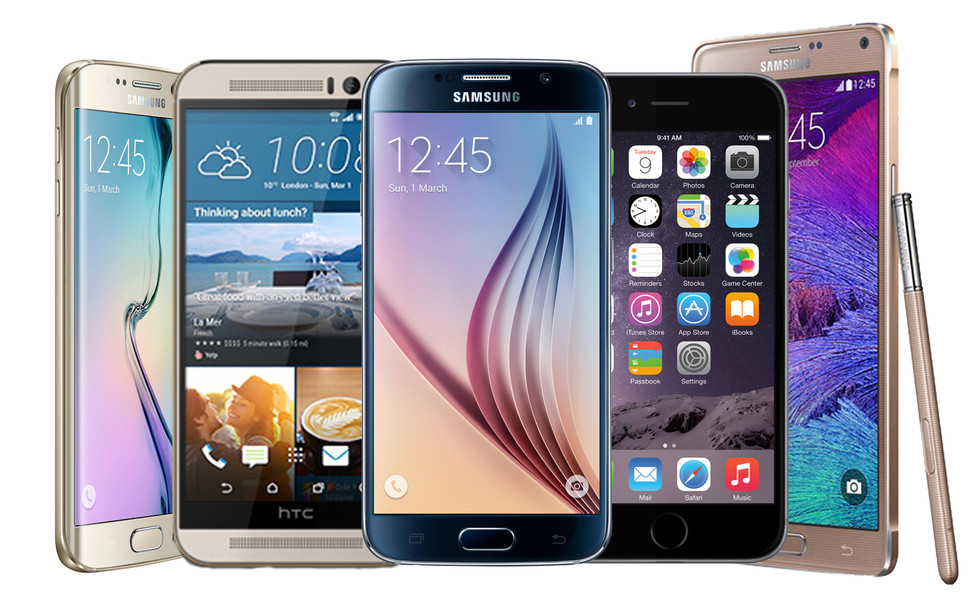
With the arrival of the Xperia Z5 a few days ago and the iPhone 6s just yesterday, the army of terminals that make up the first line of the market, the high-end, is ready to fight to become the best smartphone of the year. And this is tighter than ever.
If a little more than a year ago we lived a very focused equality in the specifications that caused almost all manufacturers – especially Android ones – to sell less, in this 2015 there are reference terminals that want to get off the marked path in some sections for precisely that that differentiation makes them absolute winners. Let’s compare in detail and look beyond pure specifications to the best smartphones of 2015.
The complicated search for the design that falls in love
In dimensions, within the high range, there is an open war to reduce thickness and weight, even if this means sacrificing other aspects of the terminal. The one most affected by this race for extreme thinness is the one that refers to the capacity of the battery. But we’ll talk about that later.
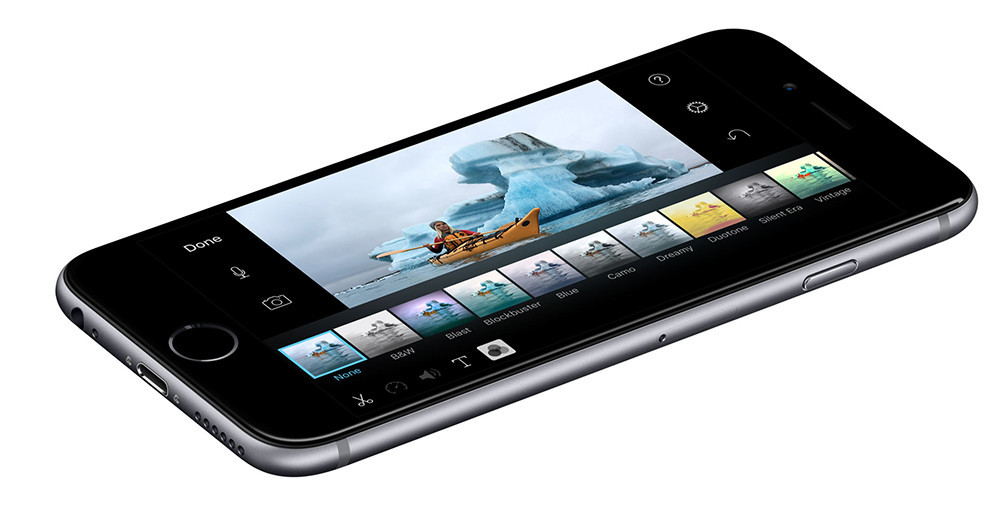
At the level of screen size at which the high-end has been established, between 4.7 inches and 5.2 (except the LG G4 and the new Mate S), it is key to offer a good balance between dimensions, prioritizing that the terminal does not have excessive frames as well as little weight and adequate thickness. If that is achieved, the large terminals will be more manageable.
The winner of this comparison I think is the Galaxy S6 Edge. Despite having a screen that is over 5 inches, it is the one with the least thickness, the lightest by far (here the iPhone has been penalized in its latest revision) and it does not overwhelm in any of the other dimensions, especially in thickness, which is quite content. The LG G4 deserves a special mention, which, especially in weight, does not clash with rivals with a much smaller diagonal.
| LUMIA 930 | SONY XPERIA Z5 | HTC ONE M9 | LG G4 | IPHONE 6S | GALAXY S6 EDGE | HUAWEI MATE S | |
|---|---|---|---|---|---|---|---|
| WEIGHT (G) | 167 | 156.5 | 157 | 149 | 143 | 132 | 156 |
| THICKNESS (MM) | 9.8 | 7.45 | 9.61 | 9.8 | 7.1 | 7 | 7.2 |
| LENGTH (MM) | 137 | 146 | 144.6 | 155 | 138.3 | 142.1 | 149.8 |
| WIDTH (MM) | 71 | 72.1 | 69.7 | 76.1 | 67.1 | 70.1 | 75.3 |
And what about the materials? Except for the Lumia 930 which maintains a plastic casing, the rest of the high-end ranges have already gone to metal or glass permanently.
In terms of materials, the most wayward currently is the LG G4 and its natural leather casing, a different way of achieving exclusivity without going through metal or glass. As for resistance, only the Sony Xperia is waterproof up to 1.5 meters, while the Mate S allows splashes thanks to a special coating.
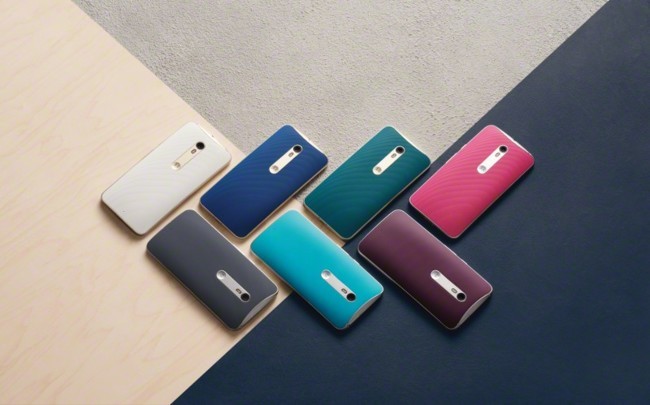
Another section that companies are pampering to the maximum is that of color. Playing with materials such as glass has opened up the possibilities and we are happy to see that, if you want, there is life beyond the white, black, or metallic that has prevailed in almost the entire history of smartphones.
Below are the color possibilities that each terminal in the comparison leaves us:
- Lumia 930: White, black, green, and orange.
- Sony Xperia Z5: Graphite black, white, gold, and green.
- HTC One M9 – two-tone metal (silver and gold)
- LG G4: two finishes, one in plastic that simulates metal, and the other in natural leather.
- iPhone 6s – Metal with silver, gold, space gray, and rose gold tones
- Galaxy S6 Edge: Black, white, gold, and green
- Huawei Mate S: gold, titanium gray, and champagne
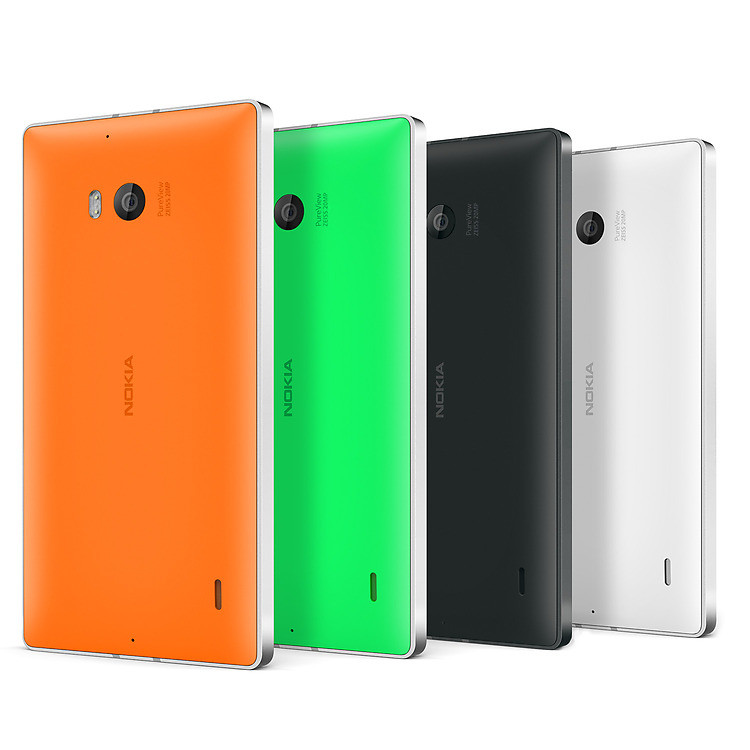
Screen: between resolution and touch is the game
With the quality of the panels already exceeded at this high-end level, except for very small details, we can say that among the compared models, no one will be disappointed by the general quality of these screens. With IPS or AMOLED technology, there will be details of maximum brightness or contrast that affect visibility outdoors, but we can say that we are facing excellent screens.
The diagonals are now around five inches without fear, except for the 4.7 inches of the iPhone 6s or the 5.5 of two daring ones like the LG G4 and the Mate S that diagonally would be in the phablet segment but that due to dimensions and betting on their brands, they enter this league of the best of the moment.
| LUMIA 930 | SONY XPERIA Z5 | HTC ONE M9 | LG G4 | IPHONE 6S | GALAXY S6 EDGE | HUAWEI MATE S | |
|---|---|---|---|---|---|---|---|
| DIAGONAL | 5.2 | 5.2 | 5 | 5.5 | 4.7 | 5.1 | 5.5 |
| TECHNOLOGY | OLED | IPS | SuperLCD3 | IPS | IPS | super AMOLED | AMOLED |
| RESOLUTION | 1440p | 1080p | 1080p | 1440p | 1334×750 | 1440p | 1080p |
| DENSITY | 562 | 424 | 441 | 538 | 326 | 577 | 405 |
If we look at the data in the following table and stick to the pixel density of their screens, two smartphones stand out above the rest and one is behind. The leaders are those two that have put 1440p resolution on their panel, that is, QHD screens, which leads them to easily place their pixel density above 530 dpi. The Galaxy S6 Edge with its 577 dpi is also in the lead in this section, with excellent screen quality as we saw in its analysis.
Apple, which somewhat ushered in the era of high-pixel-density displays, has fallen behind with its new iPhone 6s. Its 4.7-inch panel barely exceeds 320 dpi.
Apple’s race has now focused on the resistance of the screen, with a new glass, but above all with 3D Touch technology. The Huawei Ascend S was indeed presented by its Force Touch with a similar idea, but right now while the Huawei model sounds like a test with little to do, at Apple it seems that it will be an important element within iOS9 if the developers take it take seriously.
The camera of the best smartphones: we have never had so much equality
Along with the screen, the camera is usually one of the details that are most looked at in a high-end smartphone today. In this 2015 I think we find ourselves with the maximum equality in 3-4 terminals, although it will be necessary to check with its corresponding photographic comparison where each bet is in reality. Not on paper.
The megapixel race should not be ignored now that with its technologies and very advanced image processors, the results are more than good in many terminals, which have also strived to ensure that the focus is precise as well as fast and that the user has more and more control over what he can do with the smartphone camera that has cost him a good beak.
Let’s now see in a table how the cameras of each protagonist of the comparison are at the data level:
| LUMIA 930 | SONY XPERIA Z5 | HTC ONE M9 | LG G4 | IPHONE 6S | GALAXY S6 EDGE | HUAWEI MATE S | |
|---|---|---|---|---|---|---|---|
| SENSOR | 20 MP | 23MP | 20 MP | 16MP | 12MP | 16MP | 13MP |
| SIZE | 1/2.5 | 1/2.3 | 1/3 | 1/2.6 | 1/3 | 1/2.6 | — |
| FOCAL DISTANCE | 26mm | 24mm | 27.8mm | — | — | — | — |
| OPENING | f2.4 | f2.0 | f2.2 | f1.8 | f2.2 | f1.9 | f2.20 |
| APPROACH | — | Hybrid | phase detection | Hybrid | phase detection | Hybrid | — |
| FLASH | Dual LEDs | less | Dual LEDs | less | Dual LEDs | less | Dual LEDs |
| SECONDARY | 1.2MP | 5MP | 4MP | 8 MP | 5MP | 5MP | 8 MP |
| OPTICAL EST. | Yeah | No | No | Yeah | No | Yeah | No |
| VIDEO | UHD | UHD | UHD | UHD | UHD | UHD | 1080p |
In addition to these data, we must take into account the interface and options that each manufacturer gives us. Both LG and Samsung leave a lot of control for the user at the level of manual controls, also counting the LG G4 with the possibility of storing the RAW file together with the jpg when we take a photo. Its interface and manual control possibilities are the most complete of all that we face here.
Performance and battery: much more than data
Both the customization layer that each manufacturer, we’re talking about Android, includes on the operating system and the pure specifications are what determine the user experience with a terminal, as well as fluidity. In this range, we find the latest components on the market and a different bet in terms of autonomy depending on which manufacturer.
This 2015 the choice of processor, internal memory, battery capacity, and RAM has been quite uneven, so there is a fight that we summarize in this final table:
| LUMIA 930 | SONY XPERIA Z5 | HTC ONE M9 | LG G4 | IPHONE 6S | GALAXY S6 EDGE | HUAWEI MATE S | |
|---|---|---|---|---|---|---|---|
| PROCESSOR | Snapdragon 800 | Snapdragon 810 | Snapdragon 810 | Snapdragon 808 | Apple A9 | Exynos 7420 | Kirin 935 |
| CORES | 4 x 2.2GHz | 4×2.0GHz+ 4×1.5GHz | 4×2.0GHz+ 4×1.5GHz | 6 x 1.8GHz | 2x2GHz | 4×2.1GHz+ 4×1.5GHz | 4×2.2GHz+ 4×1.5GHz |
| RAM | 2GB | 3GB | 3GB | 3GB | — | 3GB | 2GB |
| INTERNAL MEMORY | 32GB | 32GB | 32GB | 32GB | 16/64/128GB | 32/64/128GB | 32/64/128GB |
| EXTENSION | No | micro SD | micro SD | micro SD | No | No | No |
| BATTERY (MAH) | 2420 | 2900 | 2840 | 3000 | 1715 | 2600 | 2700 |
| PRICE (LAUNCH) | 549 euro | 699 euros | 849 euros | 699 euros | 749 euros | 799 euros | 649 euros |
The great duel of high-end phablets
In the high range, they do not only play models that do not shoot their dimensions. There are also smartphones that we can consider phablets by screen or length. And in 2015, the two great references that will fight to gain the largest market share in the main territories are the iPhone 6s Plus and the Samsung Galaxy S6 Edge Plus, at least until the Korean Note 5 is offered to everyone. Let’s see how they compete with each other:
| IPHONE 6SPLUS | SAMSUNG GALAXY S6 EDGE PLUS | |
|---|---|---|
| SCREEN | 5.5 IPS | 5.7 Super AMOLED |
| RESOLUTION | 1080p | 1440p |
| DENSITY (DPI) | 401 | 518 |
| WEIGHT (G) | 192 | 153 |
| THICKNESS (MM) | 7.3 | 6.9 |
| HEIGHT (MM) | 158.2 | 154.4 |
| WIDTH (MM) | 77.9 | 75.8 |
| PROCESSOR | 2x2GHz | 4×2.1Ghz + 4×1.5Ghz |
| RAM | 1 GB (?) | 4GB |
| INTERNAL MEMORY | 16/64/128GB | 32/64GB |
| EXTENSION | No | No |
| CAMERA | 12MP / 5MP | 16MP / 5MP |
| BATTERY (MAH) | — | 3000 |
| PRICE | From €859 | €799/899 |

Sharlene Meriel is an avid gamer with a knack for technology. He has been writing about the latest technologies for the past 5 years. His contribution in technology journalism has been noteworthy. He is also a day trader with interest in the Forex market.




